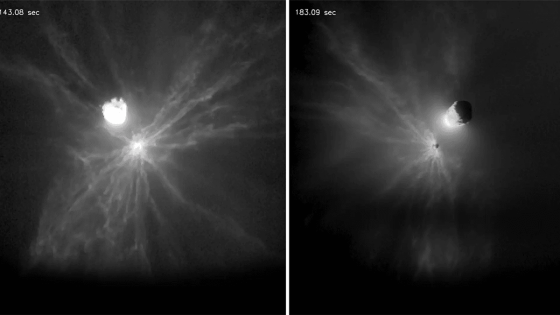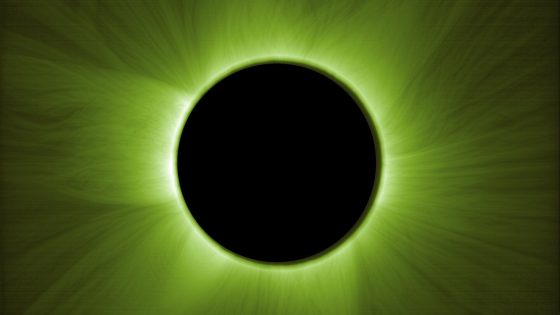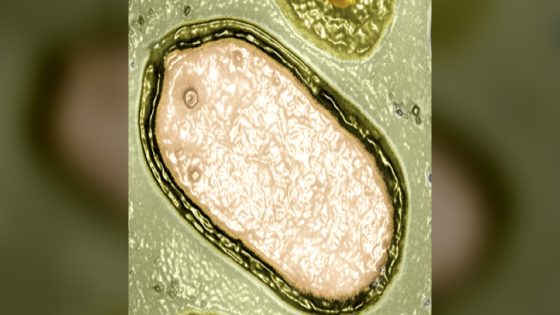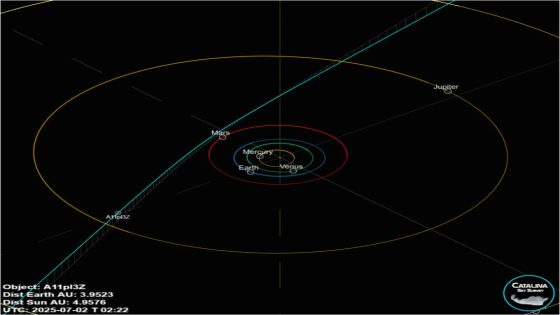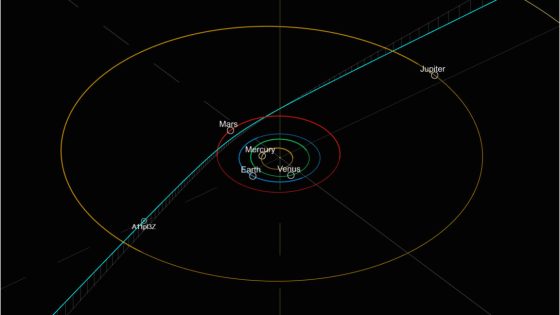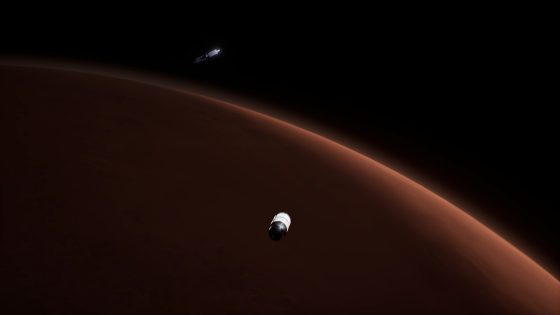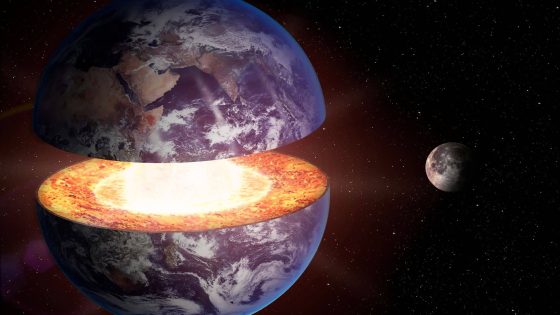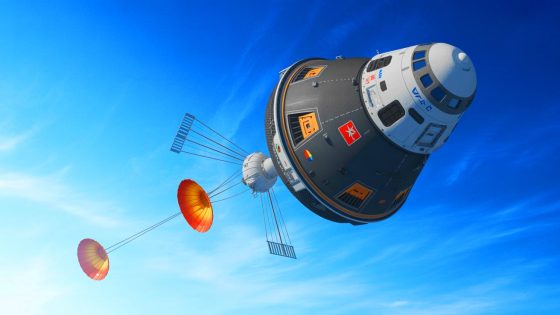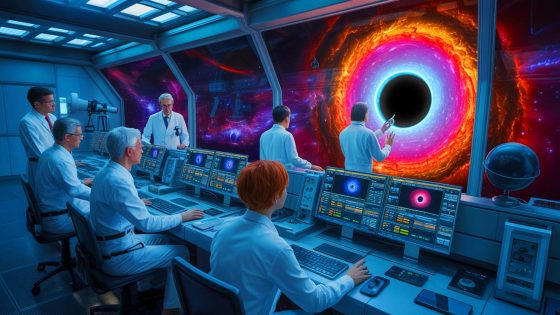NASA’s recent asteroid deflection mission has opened new avenues in planetary defense. In 2022, the agency successfully redirected an asteroid, demonstrating that altering the trajectory of celestial objects is possible. This achievement is crucial for safeguarding Earth from potential asteroid impacts.
- NASA successfully redirected asteroid Dimorphos.
- Ejected boulders complicated future deflection missions.
- Momentum from boulders exceeded spacecraft impact.
- Ejecta patterns differed from previous missions.
- Hera mission will analyze Dimorphos in 2026.
- Understanding debris dynamics is crucial for defense.
The mission involved slamming a spacecraft into the asteroid Dimorphos, which sent boulders flying in unexpected directions. As scientists delve deeper into the data, they are uncovering complexities that could impact future asteroid deflection strategies. The findings, published on 2025-07-09 17:58:00, highlight the need for a more nuanced understanding of asteroid behavior.
This raises an important question: how can we effectively plan for asteroid deflection in light of these new findings? The chaotic ejection patterns observed suggest that the dynamics of asteroid surfaces play a significant role in their response to impacts. Key points include:
- The ejected boulders carried more momentum than the spacecraft itself.
- Debris was not scattered randomly, indicating underlying physical dynamics.
- The impact may have altered Dimorphos’s orbital plane by up to one degree.
As we advance our capabilities in space exploration, continued research and missions like the upcoming Hera mission in 2026 will be essential in refining our strategies for asteroid deflection.



